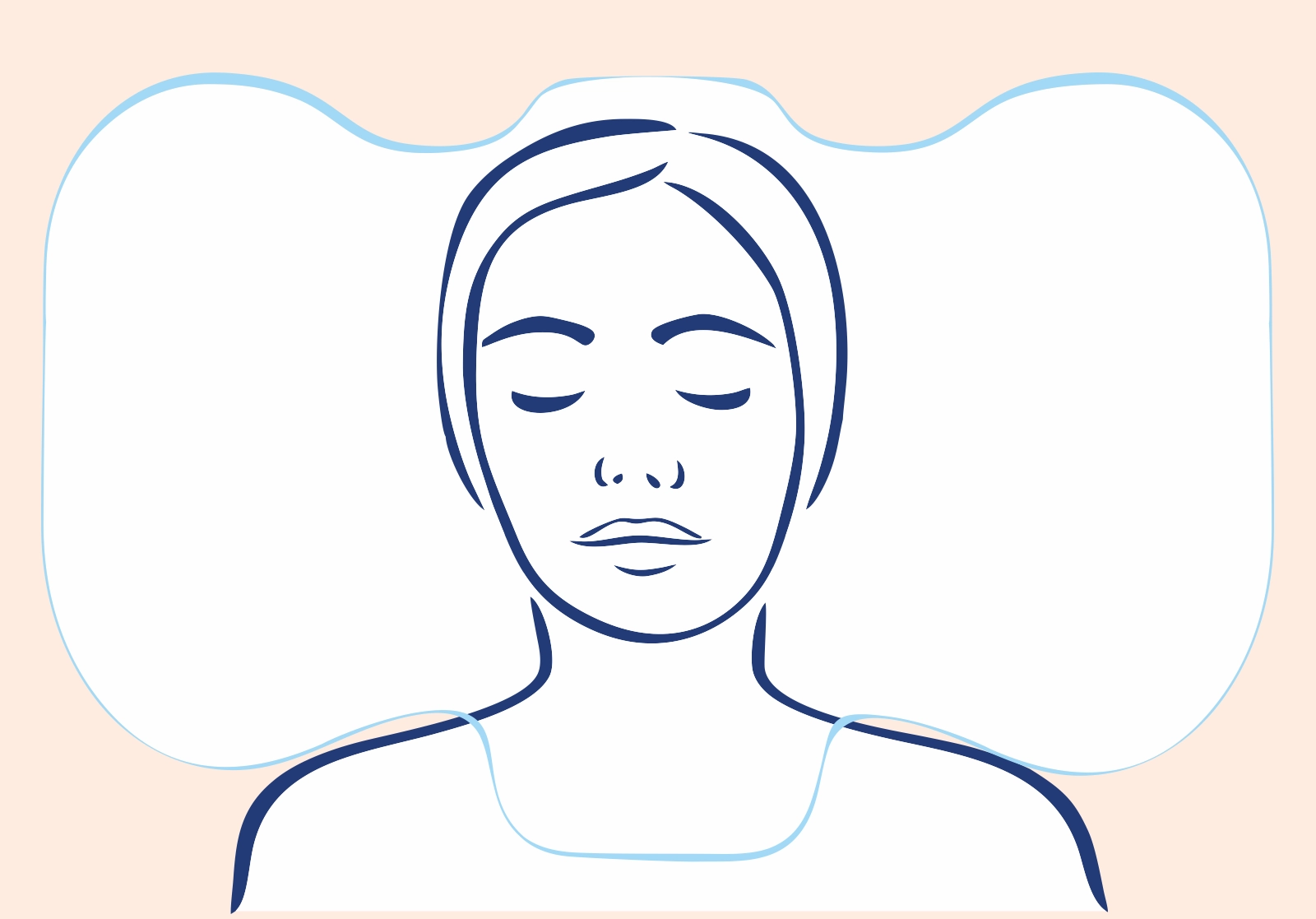To provide services at the highest level, we use cookies. Using the website requires you to choose settings related to their storage on your device. If you want to know what each type of cookie is used for, click the Details button below.
How to learn to sleep on your back – 5 effective methods15 września 2024 |

To get used to sleeping on your back, start with gradual adaptation. Begin by trying to fall asleep on your back for a short period, then gradually extend this time. Use an ergonomic pillow to help keep your head in a good position, and place a small pillow under your knees to reduce pressure on your back.
Yes, it is possible to learn to sleep on your back, but it requires patience and gradual adjustments.
Sleeping on your back is recommended for some people with spinal pain, particularly in the lumbar region. It may also be helpful for those looking to reduce the risk of developing wrinkles during sleep. Provided you have an ergonomic pillow, sleeping on your back can be recommended for people with acid reflux or sleep apnea.
Relaxation exercises before bed, such as stretching or breathing techniques, can help you fall asleep faster on your back, as they effectively prepare your body for this sleeping position.
Sleeping on your back may be beneficial for people with sleep apnea, but only if they use an appropriate pillow that does not cause the head to tilt forward onto the chest.
| Thank you for adding a comment! |